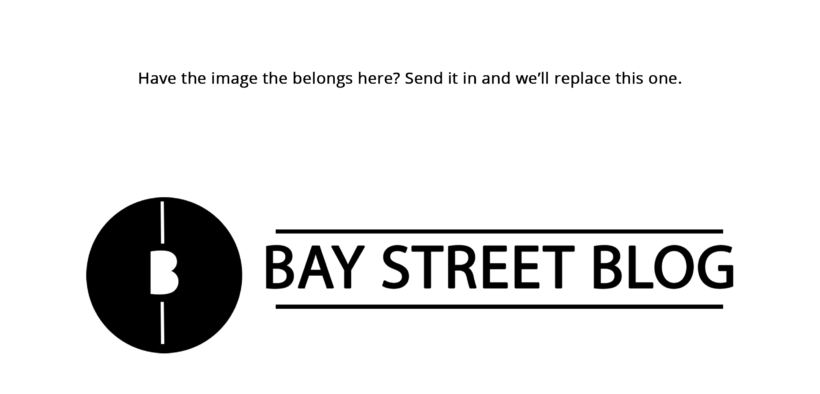2018: The Year of Global Quantitative Tightening
Share

As we entered 2018, stock market bulls were ecstatic about the state of the economy and as such, the equity markets. That outlook is starting to change, and fast.
Through the lens’ of two main catalysts, this article will look at the rough patch ahead for Equity Markets.
Catalyst One: Trump’s Tax Reform:
The US has been in a challenging position since the inauguration of its (questionable) new POTUS. That being said, he has kept true to his word to encourage big corporations to push the economy forward. The new reform, while consisting of a multitude of implications for large scale corporations, has left many players with extra money in their pockets. Although it will limit their ability to bring forward deferred tax assets – a typical strategy employed to inflate Q1 earnings reports – it gives them the freedom buy back stock, pay bigger bonuses/dividends , and of course invest in their own businesses. Paired with the fact that entering January 2018, US unemployment was at its lowest point in decades, but it must raise a scary question: what happens when wage increase demands begin to build, as employees realize they are slightly less expendable?
As all good investors know, we must look past short term bubbles. As spending increases and inflation rises, there will be a strong need for the Fed’s promised interest rate hikes, the first of the three which is set to occur in March. As these new rates trickle down into the economy, we will see far greater demand for bonds and other lower risk investment vehicles that offer greater income stream rewards given how tight the spread between treasury and equity yields has become and will continue to be.
Even from a simple Dividend Discount Model perspective, as interest rates used to discount income streams from holding stock increase, fair value prices (the golden values upon which traders decide whether a stock is over, under or fairly valued on) will decline.
Catalyst Two: Global Economy Cool-Down:
While the U.S. has no signs of completely slowing down, it will certainly stand in the shadows of its comparable 2017 numbers. As the nation sits dangerously in the latter part of its business cycle, its external trade policies could crumble rapidly. As Trump risks America`s long standing NAFTA agreement with Canada and Mexico, the former of which constitutes the US`s largest single export partner, there is a significant risk towards all three players` economies. Canadian equities in particular will receive the shorter end of the stick, as the US represents 75% of our outgoing exports. For Canada, this only adds to the factors that will indefinitely slow growth including rising minimum wages, an undergoing interest rate hike plan, and an increasingly tight housing market.
Regardless of NAFTA, we must look at the quantitative tightening occurring in the EuroZone as well as Asia, similar to recent policy announcements in the U.S. Most of the struggling nations have now been bailed out, and with the exception of political dismay in pockets of the continent (ie. Catalonia), we are now seeing a growth that should last throughout 2018, but will eventually be required to be curbed through the use of interest hikes all across. In fact, powerhouses like Germany that have seen tremendous growth in their auto sector are already instituting interest rate increase programs.
Finally, we must look at major players in Asia that will help complete the global picture: China and Asia. Chinese debt loads have been a huge concern over the past few years, especially when considering the large black market of borrowing that resides under the official radar. Newly instituted policies in China are focusing on two main goals: significantly less pollution and higher quality of growth. The former will be seen through greatly reduced steel purchases from the US among other factors; this is a huge dent to the trade between the two powerhouses. The latter will be executed via cutting non performing loans and far fewer credit extensions and bond issuances; essentially, China will be cutting its credit growth downwards towards its actual economic growth. Japan is also looking to shrink its central bank’s balance sheet and move away from the Quantitative Easing it induced over the last decade.
Summary:
While there are simply too many industries and factors to consider that will always allow certain winners to emerge, optimists who are convinced that the market will return to 2017 bullish levels are more likely mistaken than not. The economic-political associations in major globalized nations are now important more than ever, and will be necessary to paint a holistic picture in the months to come.
You may also be interested in: Stock Market: Volatility Takeover
Writer: Kabi Thaya
Disclaimer: All investing can potentially be risky. Investing or borrowing can lead into financial losses. All content on Bay Street Blog are solely for educational purposes. All other information are obtained from credible and authoritative references. Bay Street Blog is not responsible for any financial losses from the information provided. When investing or borrowing, always consult with an industry professional.






Bay Street Blog Newsletter
Click here to subscribe for a financial savvy experience.
Please check your email to confirm subscription!